Danai Yamtang was one of the 13 million people impacted by the devastating 2011 floods in Thailand.
He vividly remembers when his neighbourhood in Taling Chan, a canal-centred community on the outskirts of Bangkok, was flooded as water overflowed the containment gates. Danai remembers using soil from the plantations around his house to block his front door to prevent his first floor from being flooded. He travelled around the inundated areas by boat, entered his house through the window and lived mainly on the second floor for around two months.
His neighbours who lived in one-storey houses weren’t so lucky. Forced from their homes, they sought refuge in one of the 13 temples nearby. The area has not experienced as heavy flooding since then, Danai said, but when the rainy seasons come, anything can happen.
“Flooding happens naturally. If there’s a lot of rain, like this year, it’s always possible that we can get flooded because there’s too much water that the watergate cannot hold it back,” Danai said.
Many places were underwater from July to December, racking up more than 1.425 trillion baht ($46.6 billion) in damage to homes and businesses nationwide, making it the fourth costliest natural disaster in human history at the time. The severe flooding that year was a defining moment for many in Bangkok, putting into perspective just how vulnerable the city had become after decades of unchecked urban development that saw many natural water defences like canals paved over.
“When the next big flood comes in the next 20 years that’s on the same scale as the 2011 flood, people would have probably forgotten how to adapt to that amount of flooding,” Wan Chantavilasvong, an urban planner and professor at Chulalongkorn University in Bangkok told the Globe.
But while the 2011 monsoon season hit both Thailand and neighbouring Cambodia, the urgency surrounding flood awareness has yet to cross the border. As Bangkok attempts to reverse some of the damage done from spiraling urban growth by reintroducing, at high cost, water retention landscapes back to the city, 500km away in Phnom Penh, the Cambodian capital’s wetlands are being destroyed to accommodate rapidly expanding real-estate.
Seemingly drifting into the same destructive path of unplanned urban development that Bangkok started decades ago, experts are warning of Phnom Penh’s need to reverse the tide before it’s too late.
“Wetlands are a valuable asset and it is irreplaceable,” said Saber Masoomi, water security and wetland expert in Phnom Penh. “The actors in Phnom Penh have to consider this.”
While both Bangkok and Phnom Penh are primate cities – that is, the largest city wielding a disproportionately large influence economically and politically over their countries – the Thai capital’s population is quadruple that of Phnom Penh’s, and triple the area. What they do share, however, is a vulnerability to flooding and climate change.
Both Phnom Penh and Bangkok are growing cities situated on natural floodplains where excess water, historically at least, was naturally handled through its landscape. But as these natural mechanisms are eliminated as a consequence of urban development, there is an increased intensity of flooding.
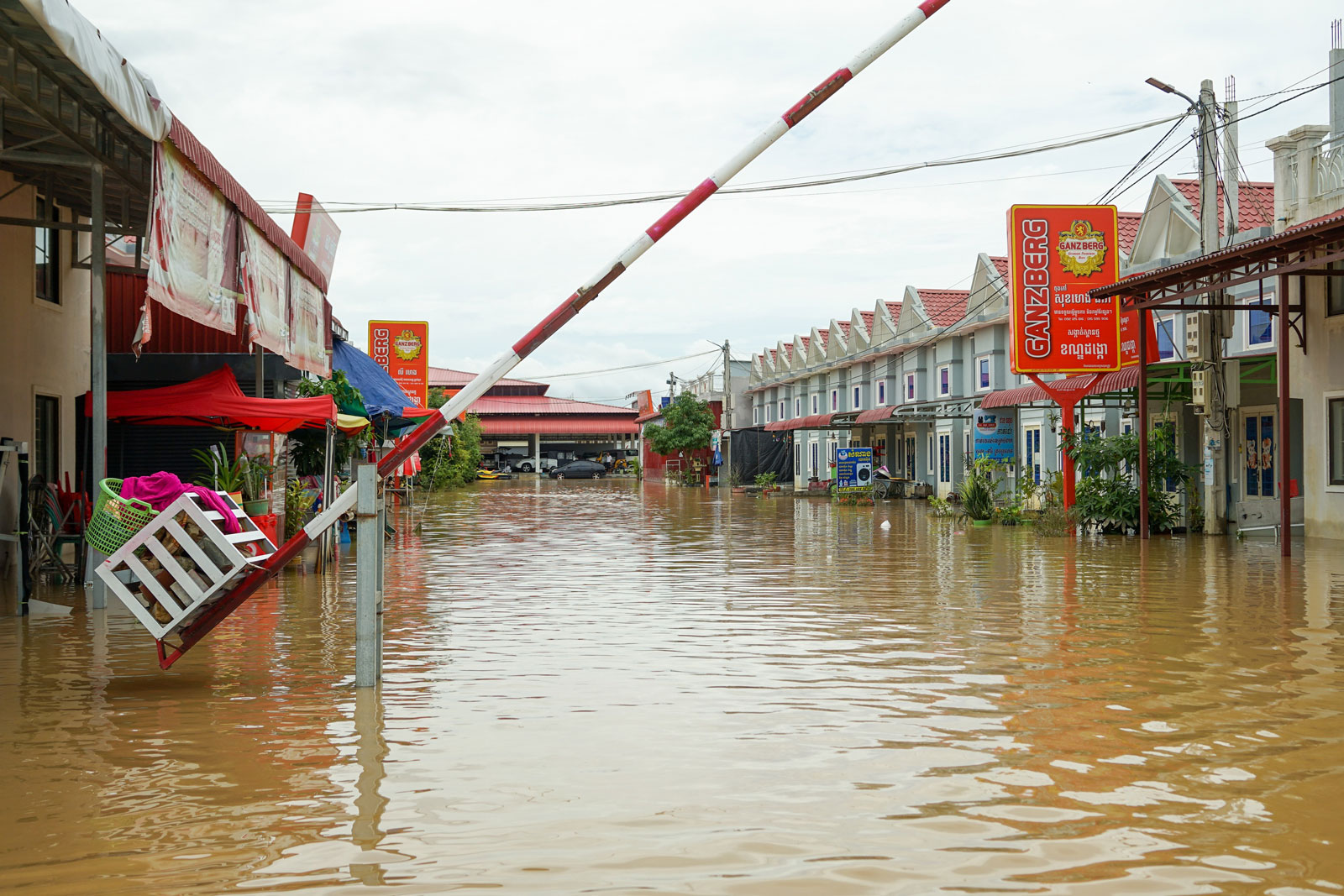
Bangkok, in particular, is one of the fastest-sinking cities globally. It sits at only 1.5 metres above sea level, and with it sinking at a rate of 2-3 centimetres per year, some estimates state that it risks being inundated within 15 to 20 years if no action is taken.
“When it comes to flooding, it’s likely that in the future we’ll probably have more frequent floods,” Chantavilasvong said. “The floods themself will also be much more difficult to drain out because the geographical location of Bangkok, which is similar to a drainage hole where all water runs to – we have water from the North, we have water from the ocean that is rising and water when it rains.”
As Thailand experienced rapid economic growth from the 1960s to the 1990s, Bangkok’s population more-than doubled during that time and the urban sprawl ballooned. Urbanisation and modernisation meant large concrete and glass buildings, paved pathways, and high density, leaving less room for water in the city, with the weight of buildings and groundwater depletion further sinking the ground level. Bangkok was a city established with a network of canals and settlements designed to live with the water, but Chantavilasvong says that as the city developed over time, processes of industrialisation and modernisation have not incorporated these elements.
Beginning in the 1990s, Bangkok has attempted, with little enduring success and at high monetary cost, to develop a system of physical infrastructure to manage water and reduce the risk of flooding.
Built in 2006, the Nong Bon retention pond is one such initiative. A ‘monkey cheek’ concept – as a monkey holds food in its cheeks before eating, these spaces retain water before releasing it – Nong Bon can hold over five million cubic metres of water, the largest of 13 water retention areas in Bangkok. More recently, green spaces have been developed in central Bangkok that can help to increase the permeability of the city’s landscape as well. One of them is the Chula Centenary Park – a green space in the city centre that can hold up to one million gallons of water. Last month, plans to develop the Benjakitti Urban Forest were also approved, a 64 acre park in Bangkok’s downtown area.
These spaces – retention ponds and parks – act in a similar fashion to wetlands. Like sponges, they expand in size when receiving water and slowly release it to the surface and into the groundwater, providing time for it to infiltrate and slows run-off to reduce flooding.
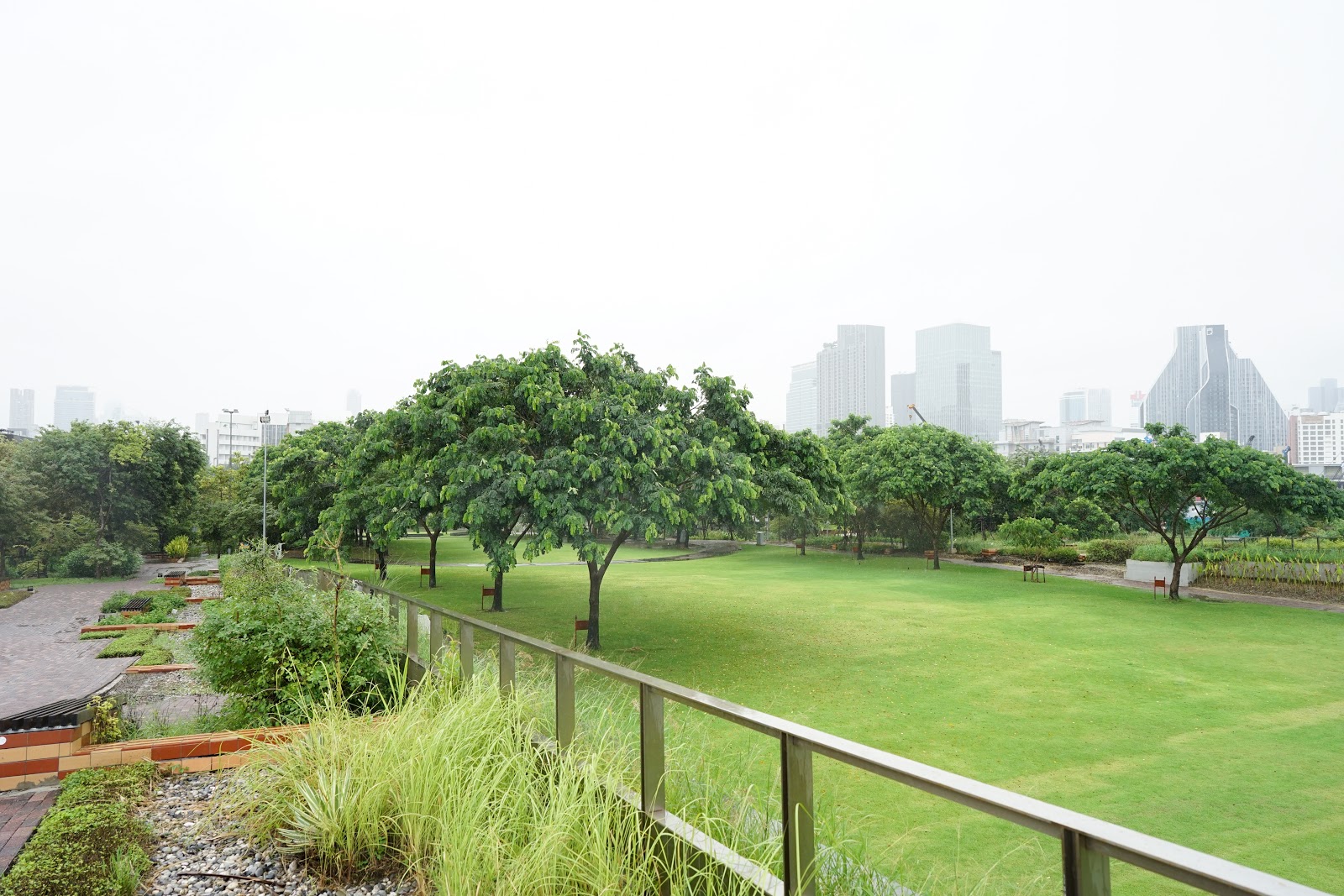
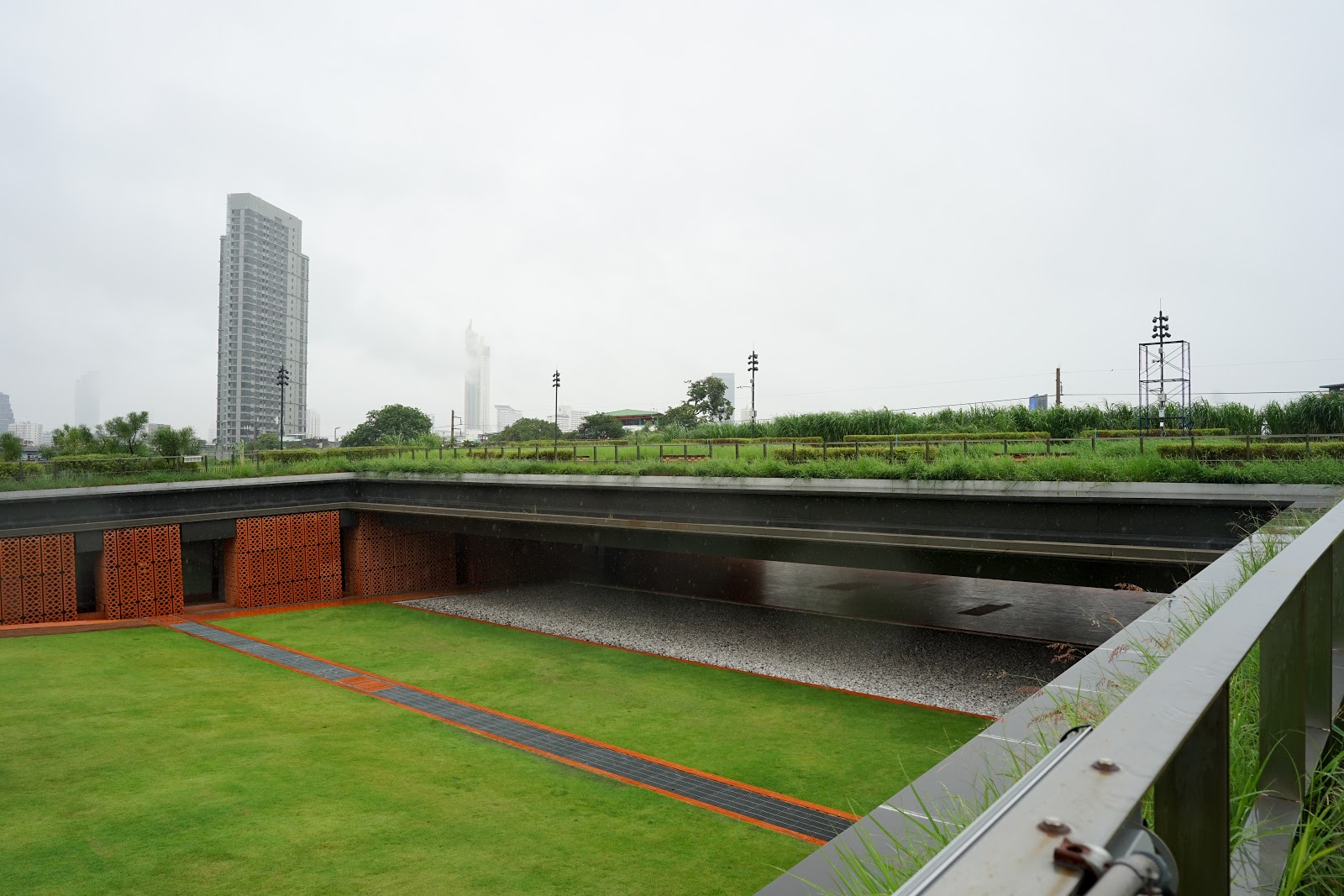
While Bangkok attempts to recreate spaces that imitate the function of wetlands, in Phnom Penh, the real thing is increasingly destroyed to develop real estate as the city imitates the Thai capital’s same ecologically destructive development trajectory from decades ago.
Wetlands have always been part of Phnom Penh’s landscape but have in recent years begun receiving greater attention for their potential value in mitigating floods. Masoomi sees wetlands as a key natural asset for Cambodia, one that can improve water security – both flood mitigation and wastewater treatment – while requiring limited investment.
“We have these wetlands to help us establish water security without having a huge amount of investment,” Masoomi said. “Wetlands should be used to prevent and deal with flooding, because that is the cheapest way that a country like Cambodia can afford to have water security.”
We want to hold the government accountable. The citizens should be consulted and informed about the developments in different areas as to why areas are being developed
Water security may just be on the minds of communities in Phnom Penh. Recent weeks have seen an intensity of flooding rarely seen before across Southeast Asia, with Cambodia too hit by some of its highest water levels in decades in October, leaving over 14,299 households displaced.
Saran Soeung, executive director at Sahmakum Teang Tnaut (STT), an NGO supporting urban poor communities, told the Globe that infilling water storage spots like wetlands, combined with an increased rain intensity, are direct causes of worsening urban flooding in Phnom Penh.
Along with other CSOs, STT published a report, Smoke On The Water, in July to highlight concern about the construction occurring on Phnom Penh’s wetlands. Approximately 70% of all rain and wastewater in the city exits into the wetlands, and as roughly a third of the wetlands have already been filled with sand, more than a million residents face an increased risk of flooding.
“We want to hold the government accountable. The citizens should be consulted and informed about the developments in different areas as to why areas are being developed,” said Soeung.
Cambodia is at a relatively early stage of urbanisation with 23.8% of people living in urban areas as of 2019, compared to Thailand’s 50.7%. For Masoomi, he sees that Cambodia’s earlier stage of development than Thailand offers room to reverse the damage done and address water security issues.
“The actors in the country, the government or the development sector, need to revisit their development paradigm,” said Masoomi. “They need to think about a balance because Cambodia is anticipated to have a rapidly growing economy. So this is the time for wetlands to be in the centre of the development paradigm. Otherwise, it’s going to be too late to decide and the consequences of not including them in development are going to be high.”
Shelby Doyle, assistant professor of architecture at Iowa State University and researcher for City of Water: Architecture, Urbanism and the Floods of Phnom Penh project, echoes Masoomi’s sentiment, explaining to the Globe that “big tall glass skyscrapers” mushrooming in the Cambodian capital are not necessarily “calibrated for the atmosphere or the weather of Southeast Asia”.
Doyle points to vernacular and historic architectural traditions in the Kingdom that have better integrated Cambodian culture, climate, and geography into their design.
“There’s a long history in Cambodia, of designing really beautifully with water. Everything from the Angkorian Empire, to the new Khmer architecture in the 50s to the 70s,” said Doyle. “I think there are lots of ways that Cambodians have lived with water in a really productive way. Looking to those, those historic precedents, while also looking to the future is really important.”
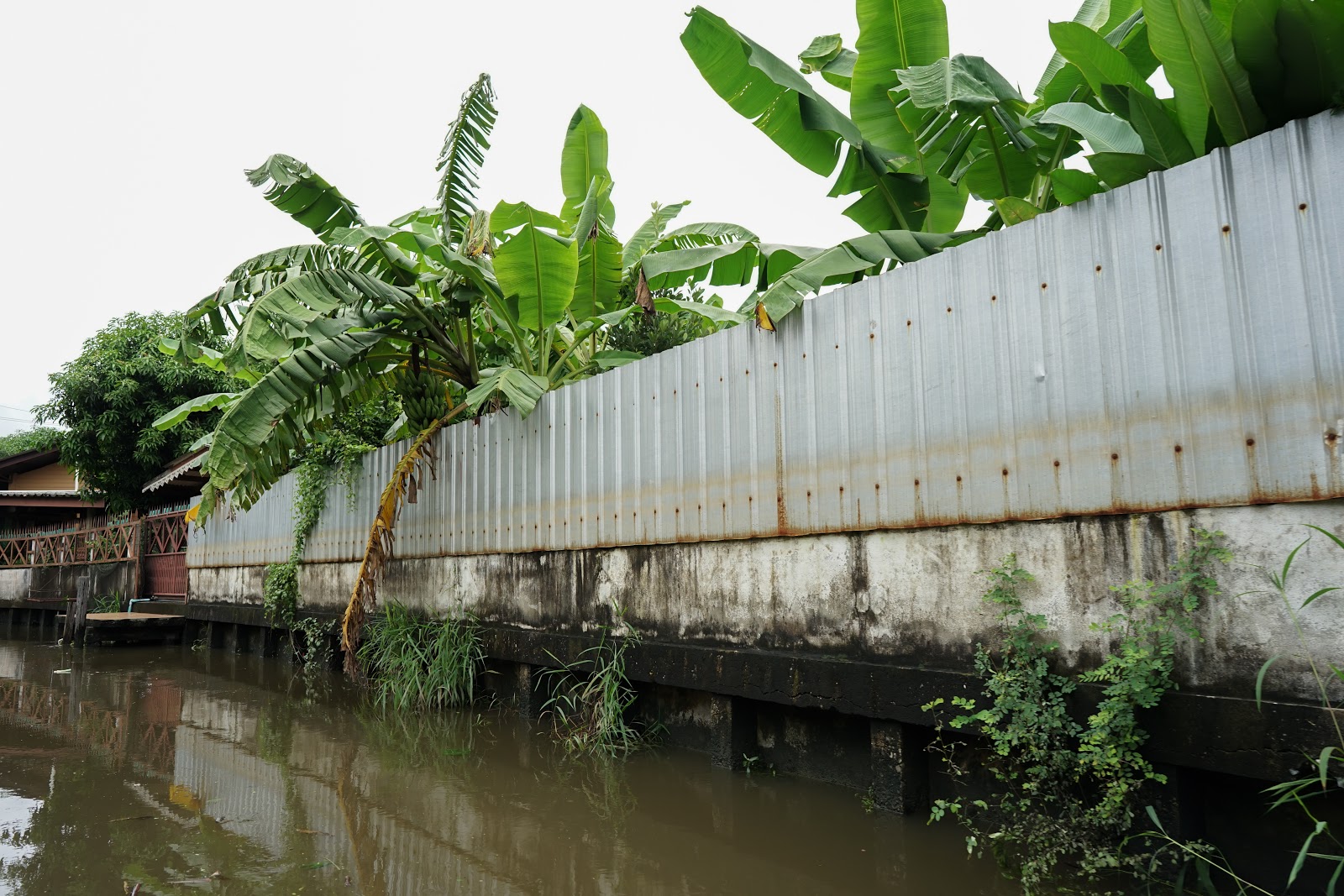
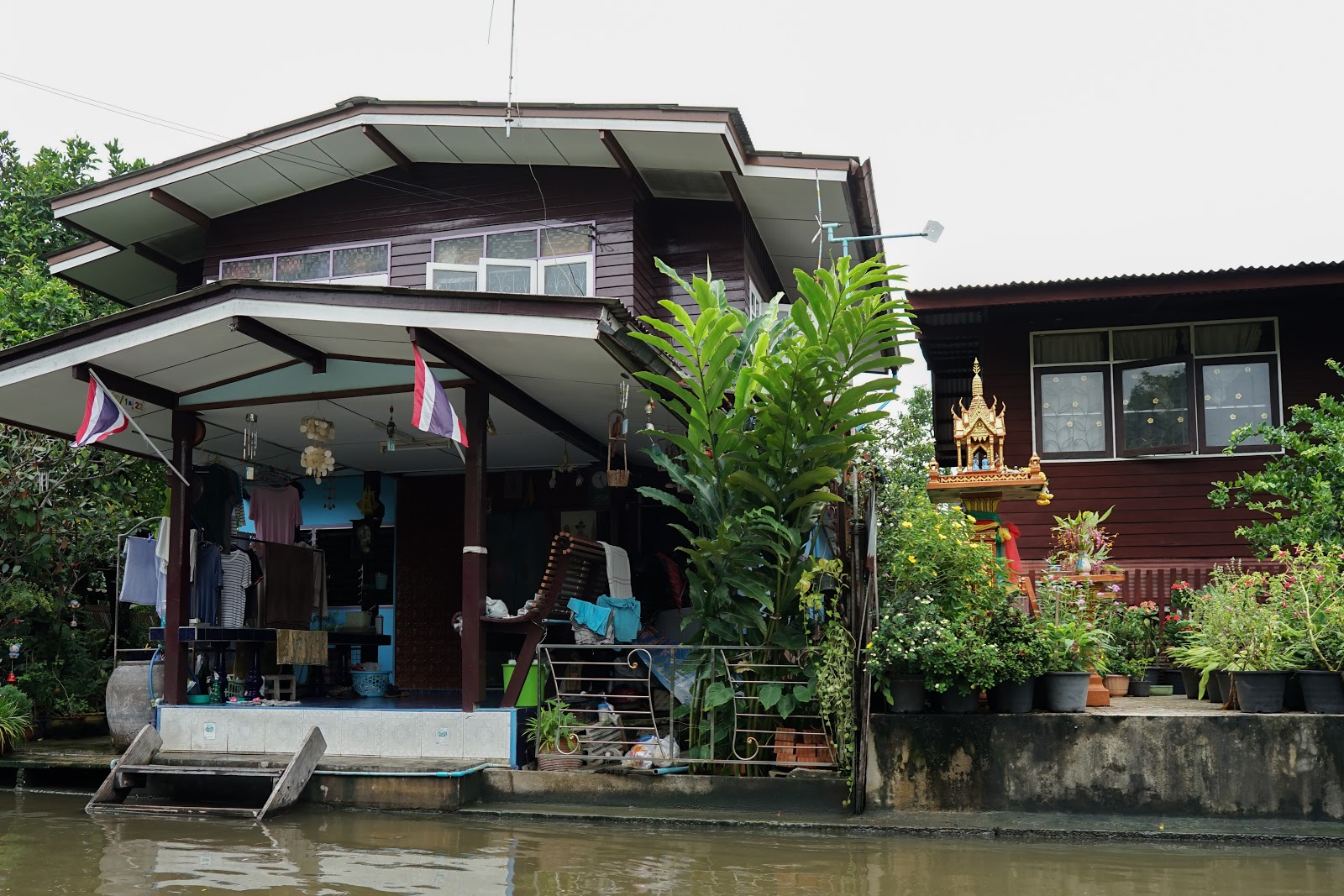
As Phnom Penh continues to grow, Doyle said that the measures needed to prevent Phnom Penh drifting into the same urban flooding trap as Bangkok are likely to prove unpopular with those in positions of power – the first step being to stop filling in wetlands.
“This is not going to be very popular, but stop filling in the lakes, stop making islands in the Mekong, stop paving over the wetlands because they are so valuable to the health of the ecosystem that the city is part of,” Doyle said.
It’s a long term investment, but a needed one stresses Masoomi. “If you invest in wetlands, the payback is long term, you need to be patient about that.”
For Bangkok, seeking to juggle spiralling growth and growing pressure from water, more will be needed to support and supplement the recent increase in absorbent green spaces. Chantavilasvong stresses the importance of having disaster risk reduction strategies, planning for reducing the impact of inevitable deluges rather than attempting to eliminate the risk of them entirely.
“These permeable surfaces will definitely help, but it’s not going to be the panacea to all the floods, because a tree can only soak up as much water as it can get,” said Chantavilasvong. “Not a lot of cities in Southeast Asia have looked at it through that lens, having a governing structure to address flood risk. Just focusing on the physical infrastructure will not be enough.”
But while they may be flowing in different directions for now, both in Bangkok and Phnom Penh, dealing with rising tides means rethinking what development means and planning for the long term.
“Wetlands are what civilizations were built upon,” said Masoomi. “We can’t just take this component out and assume that things are gonna work, because there is no replacement.”


